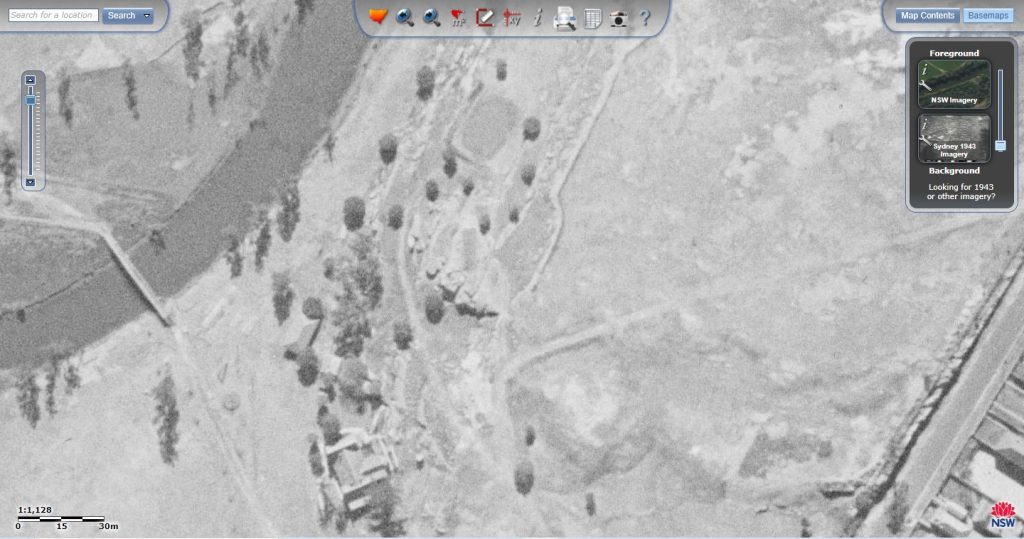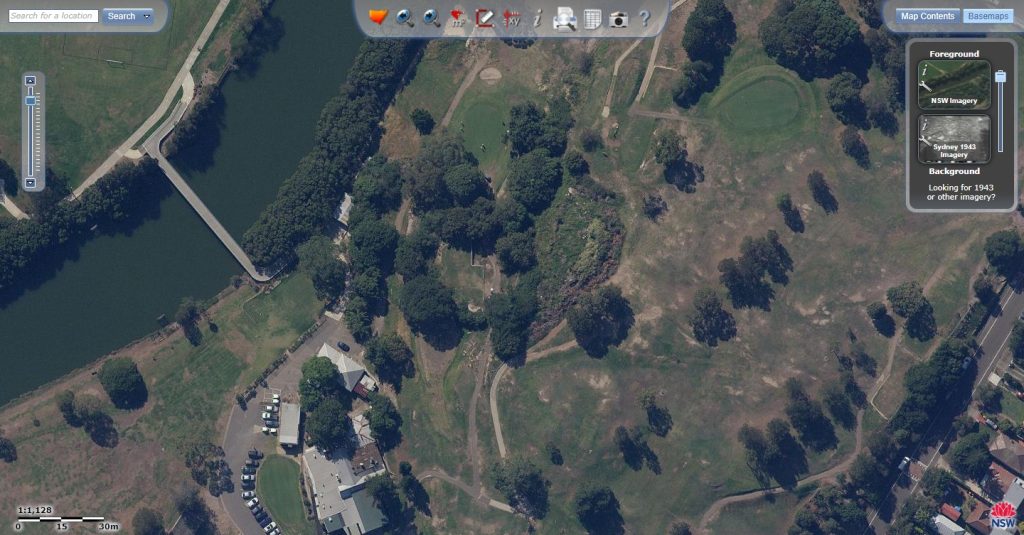
The 18th Tee bush regeneration site is in the grounds of Marrickville Golf Course. The site is just below the 18th Tee and adjacent to the 17th Green and runs alongside the river. It’s defining feature is a large exposed sandstone outcrop in an elevated position with mature fig trees within the site. Although the site is compact, it contains remnant soil and a few native plants.
In November 2021, The Mudcrabs were approached by Landcare Australia to choose a site in the Marrickville area as a potential bush regeneration site to receive funding from the Marrickville based Hawke’s Brewing Company, through Landcare Australia.
After careful consideration, a rocky sandstone outcrop surrounding the 18th Tee in Marrickville Golf Course was chosen, a site plan drawn up and many administration hours were expended getting approval and planning the development of the site.
Apunga, a local bush regeneration company, was then contracted to prepare the site by removing woody weeds and stabilising the understorey. The management and staff of the Marrickville Golf Course also provided invaluable assistance and support in the development and implementation of this plan.
On the first weekend in May, planting commenced on the 18th Tee, Mudcrabs latest Bushcare site.
The site had it first public opening for volunteers in May 2022 and we have been conducting monthly bush regeneration efforts since then. Now that the initial plantings have taken off we have the the beginnings of a substantial floodplain to heath to moist sandstone woodland habitat, with typical Cooks River trees, shrubs and groundlayer plants.
Site Map
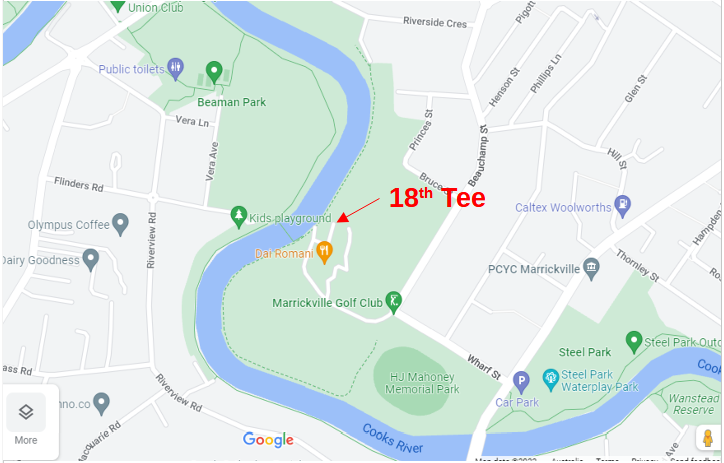
Plan
After a very wet year the site is thriving and plantings are taking off. As well as the native plants we have some tough weed species to manage.
The ongoing plan is to remove invasive weeds, continue to stabilise the slope and plant representative native shrubs and ground covers. The site also features some damp, shady areas so we hope to encourage ferns, vines and other shade loving plants.
The monthly sessions allow us to assess how things are going and to adjust our plans to cope with changing conditions. The good news is that despite the unusual past year the site is in good condition and with good survival rates for the plantings and some encouraging self-regeneration taking place (Weeping Grass, Native Bluebells, Basket Grass and others).
Native Plantings and Regenerations
Initial plantings were over 500 shrubs, ferns and ground layer plants. As we move into summer the Mudcrabs will continue to weed and water as necessary to ensure they get well established.
SPECIES PLANTED (2022)
Planting list for Hawkes 18th Tee Project (June – Dec 2022)
Acacia falcata x 5
Acacia longifolia x 10
Acacia myrtifolia x 15
Acacia ulicifolia x10
Banksia ericifolia x 10
Banksia serrata x 20
Banksia spinulosa (var. spinulosa) x 10
Baurea rubioides x 15
Breynia oblongifolia x 7
Bursaria spinosa x 15
Christella dentata x 5
Commelina cyanea x 15
Correa reflexa x 3
Cymbopogon refractus x 15
Oplismenus imbecillis x 10
Dianella caerulea x 10
Dichondra crinita x 15
Dichondra repens x 15
Dodonea camfieldii x 5
Doodia cautata x 20
Echinopogon caespitosus x 5
Eustrephus latifolia x 8
Fimbristylis dichotoma x 10
Gahnia clarkei x 3
Geitonoplesium cymosum x 5
Glycine clandestina x 5
Hardenbergia vioacea x 5
Hakea salicifolia x 10
Hibbertia scandens x 2
Kennedia rubicundra x 5
Kunzea ambigua x 13
Leptospermum polygalifolium x 3
Logania albiflora x 10
Lomandra longifolia x 20
Lomatia silaifolia x 5
Melaleuca hypericifolia x 25
Melaleuca linearfolia x 7
Melaleuca nodosa x 8
Microlaena stipodes x 15
Oplismenus aemulus x 20
Ozathamnus diosmifolius x 5
Poa affinis x 10
Pultanea flexilis x 10
Rytidospermum longifolium x 15
Scaveola albida x 9
Wahlenbergia gracilis x 10
Total: 575
Native Plants identified in Site Survey (January 2022)
Ficus rubiginosa
Melia azedarach (White cedar)
Cayratia clematidea
Commelina cyanea
Cyperus gracilis
Oxalis perennans
Portulaca oleracea
Wahlenbergia gracilis
Dianella revoluta
Microlaena stipoides
Oplismenus aemulus
Cotula australis (Jun 2022)
Melia azedarach (Dec 2022) – White Cedar
Weeds & Removal Strategy
Predominant weeds we are targeting include:
Kikuyu
Ehrharta
Couch
Tradescantia
Bidens
Paddys Lucerne (Sida rhombifolia)
Bromus spp.
Plantago lanceolata
Conyza spp. – Fleabane
These weeds can largely be managed via hand weeding. We try to get to them before they throw seed. As many are annuals, we can interrupt the seeding cycle and significantly reduce their impact and give the native plants an advantage.
Kikuyu is a particularly challenging weed along the river as it is very vigorous and spreads quickly in optimal conditions. This virulent weed species continues to be a primary focus at this site and other sites along the river.
Some Photos from Day 1 (May 2022).
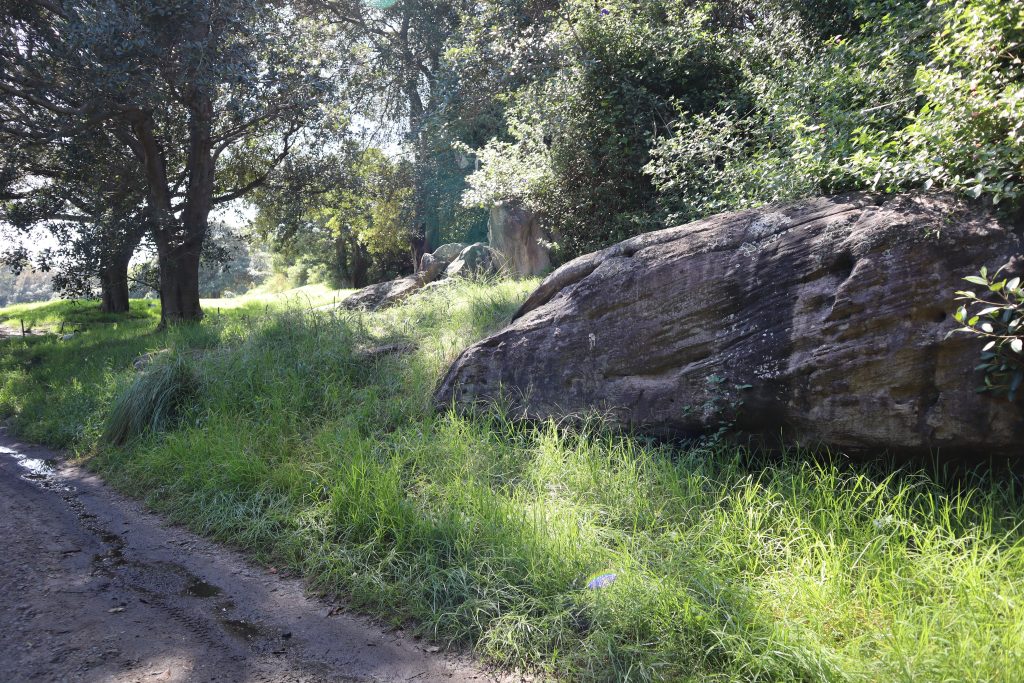
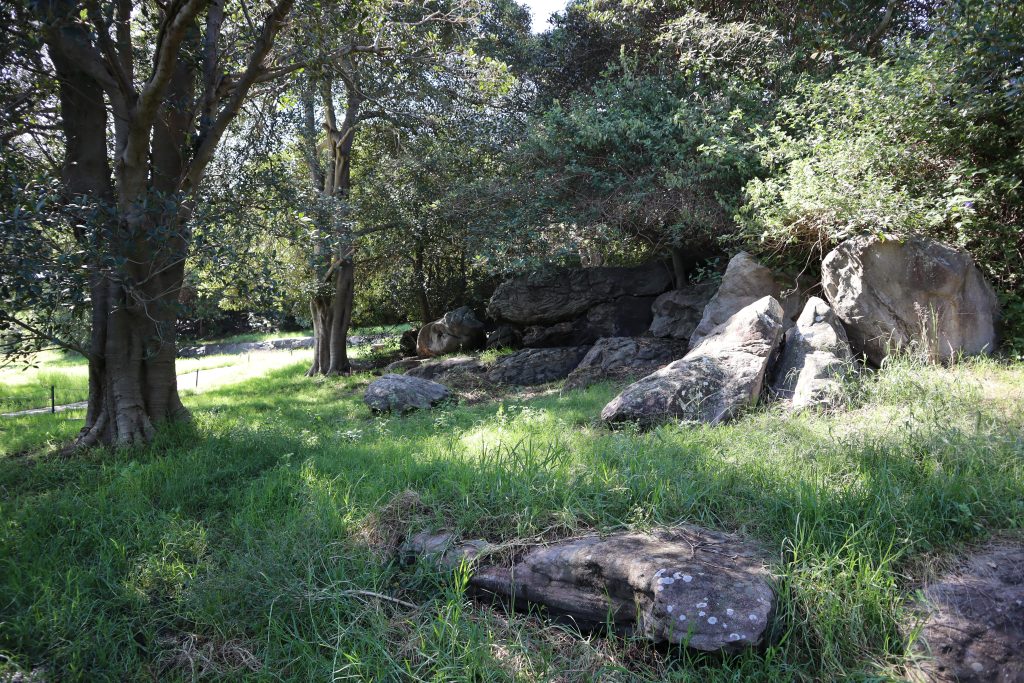
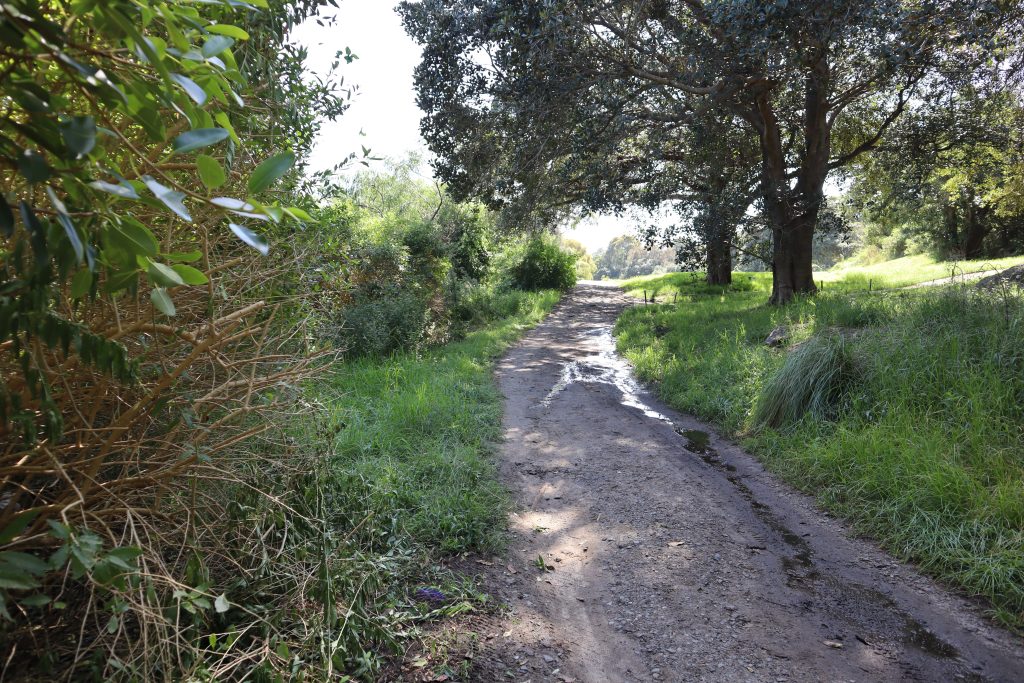
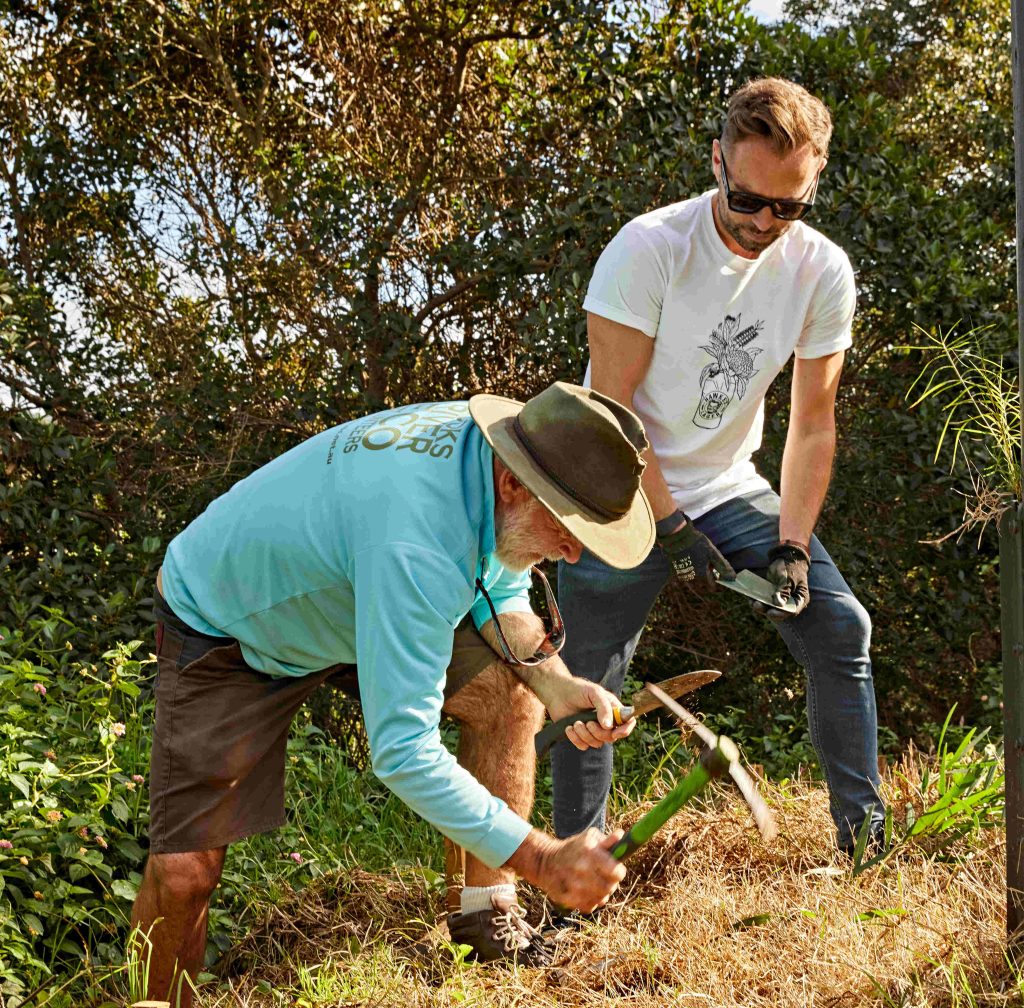
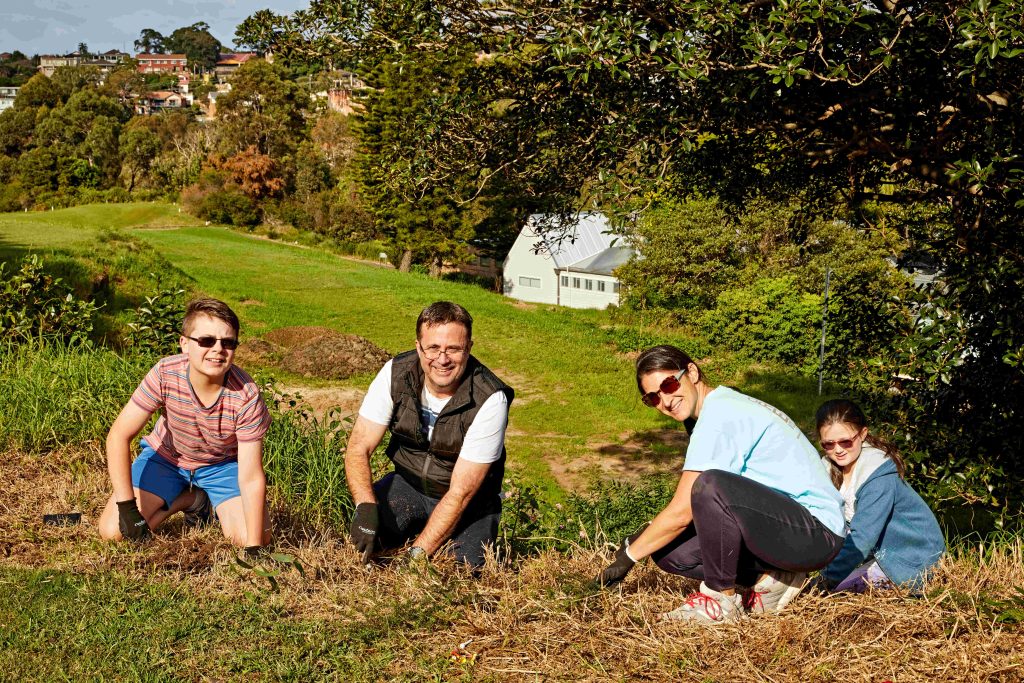
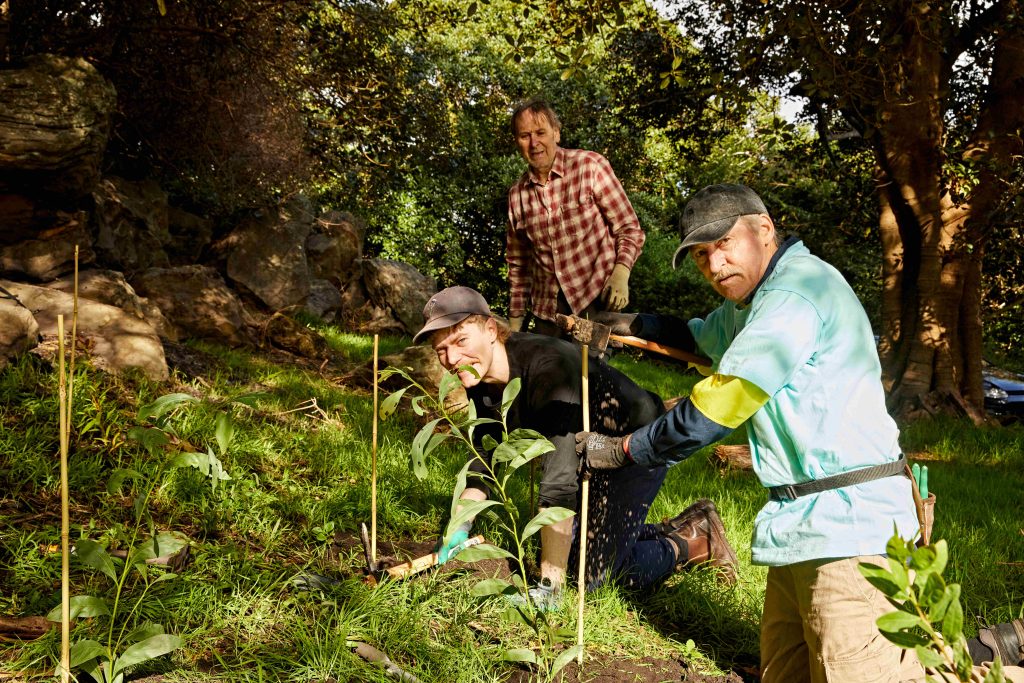
Recent Photos – Nov 2022
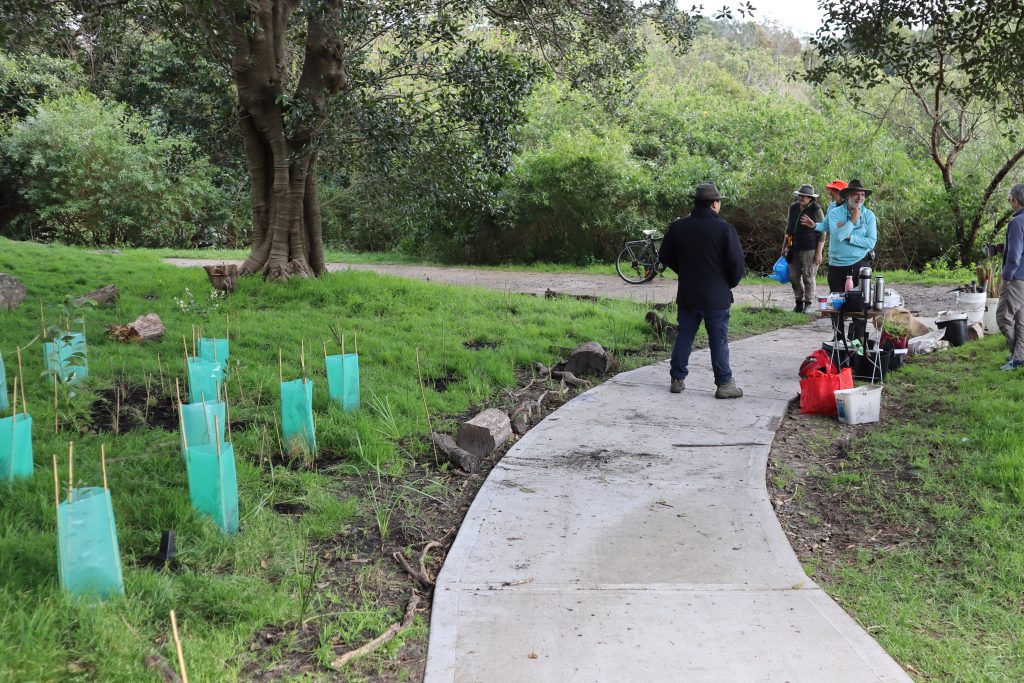
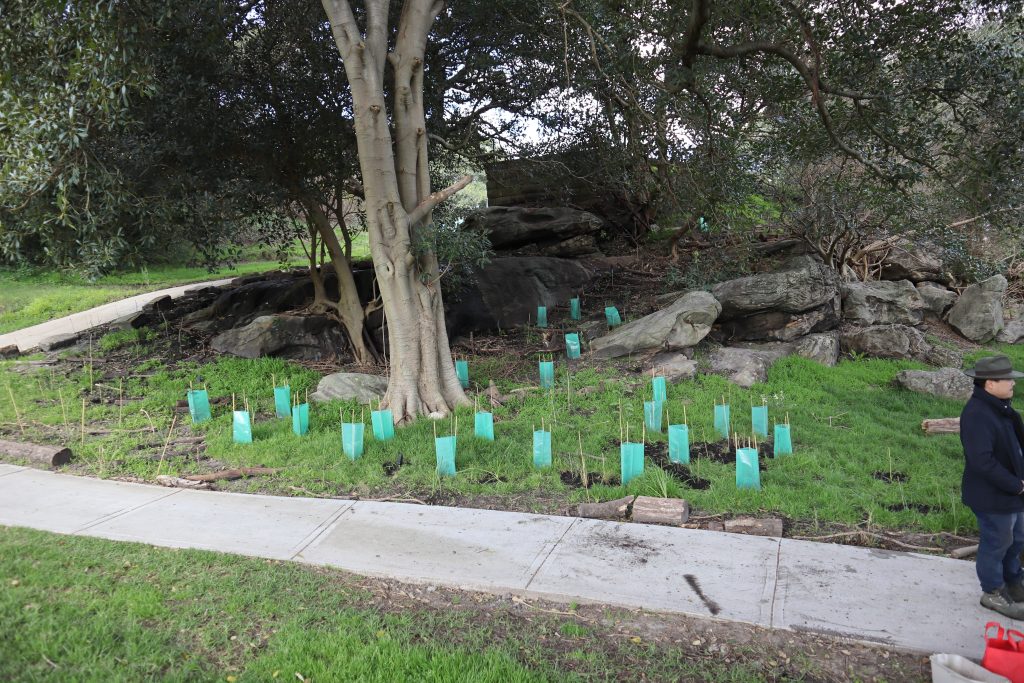
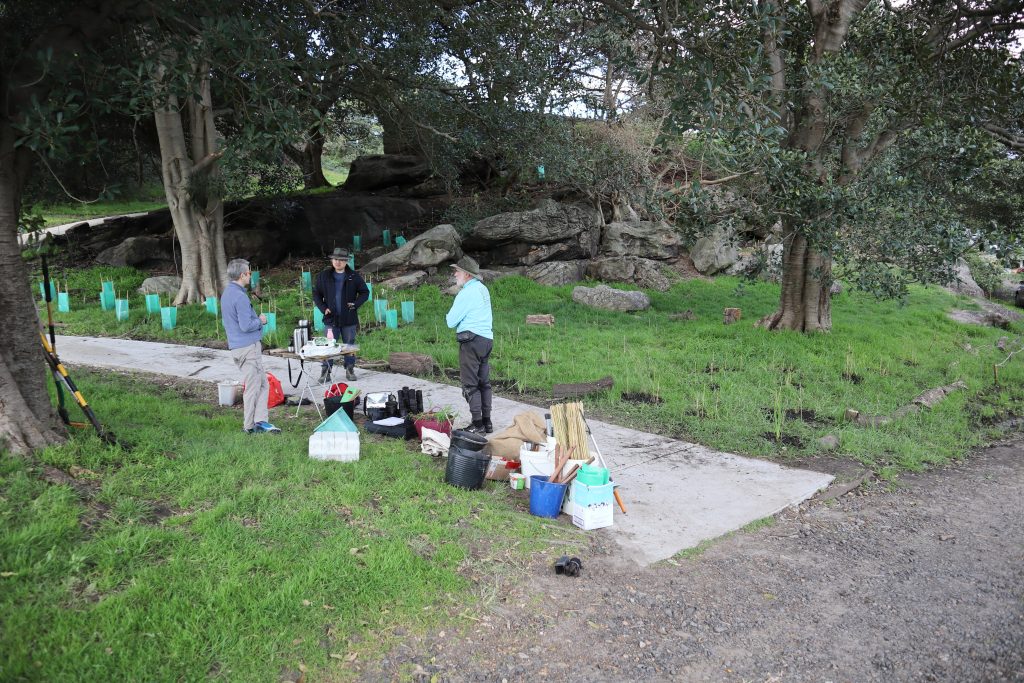
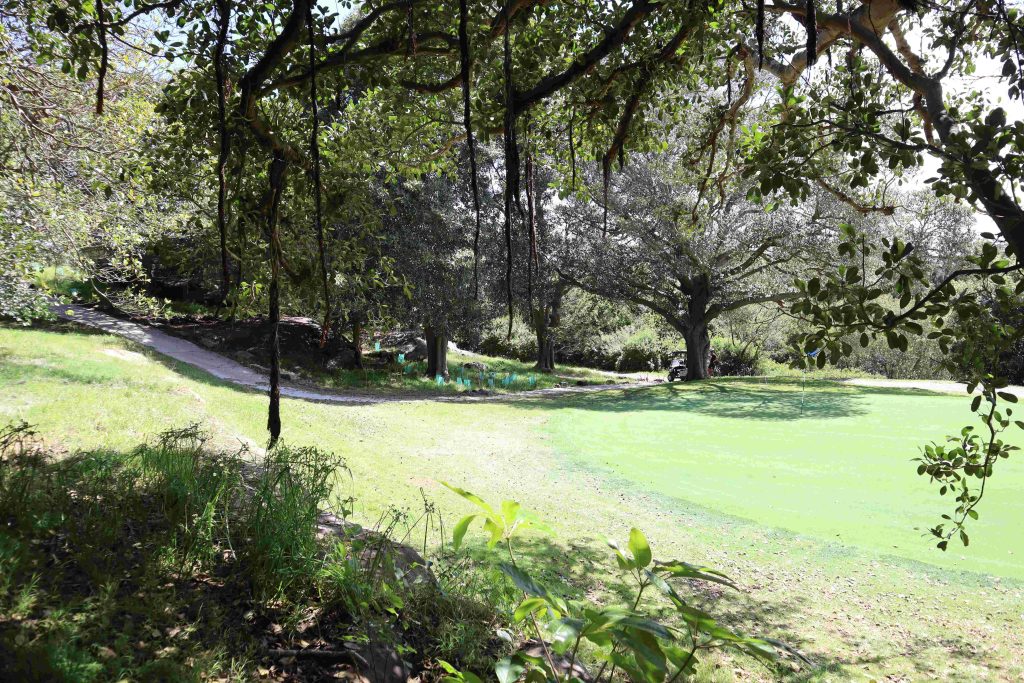
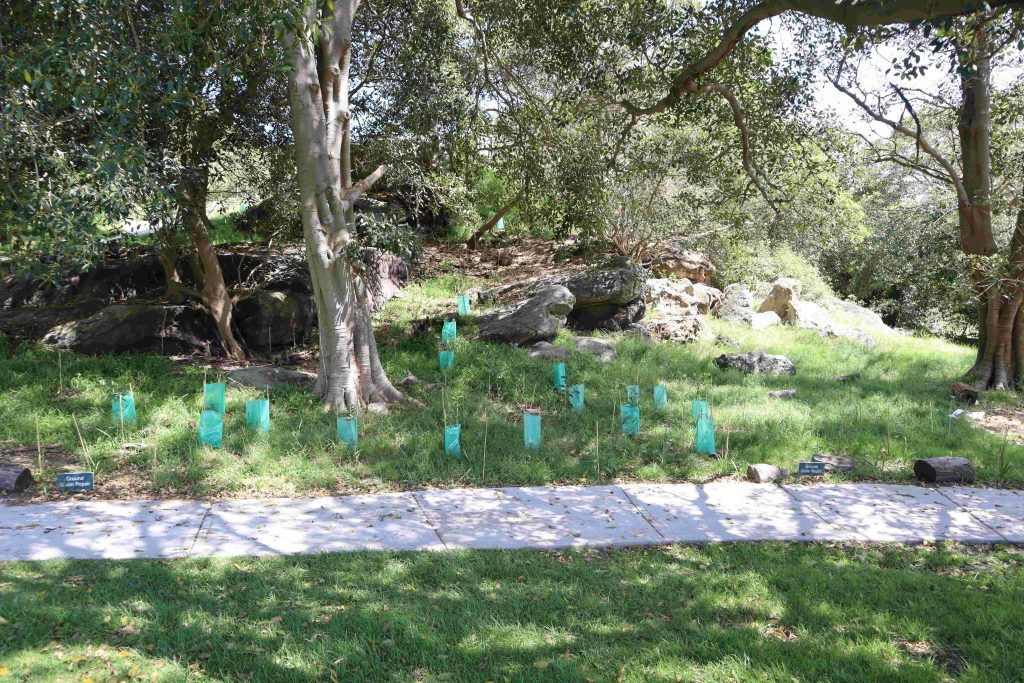
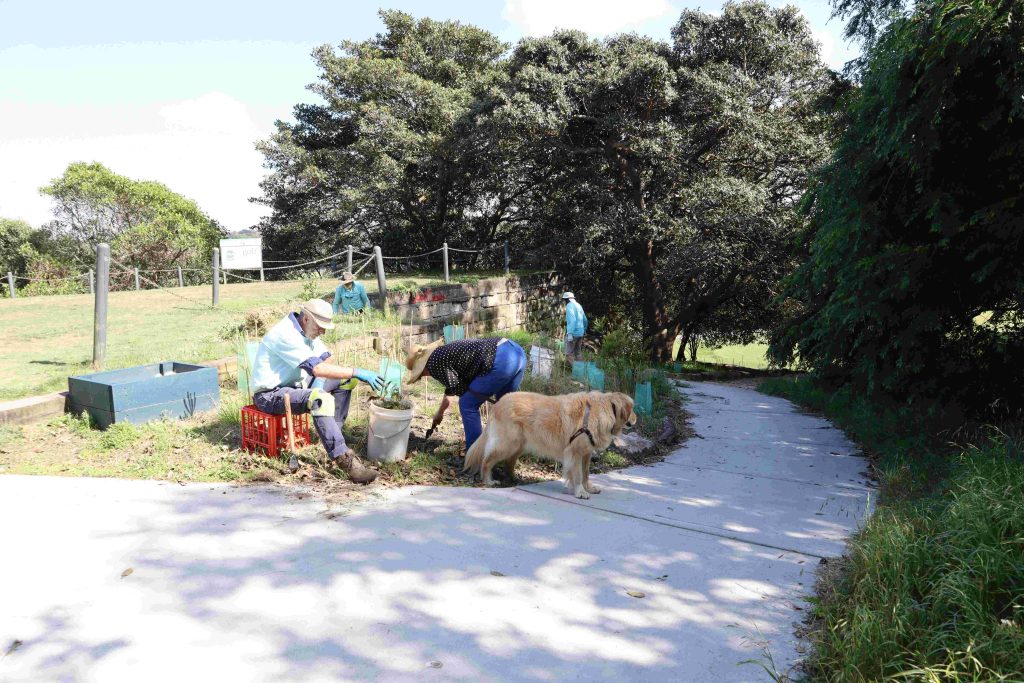
Remnants of the Cooks River valley
Some photographs Doug took in 1996. The large tree was a remnant Blackbutt (Eucalyptus pilularis). This was the last remaining remnant large tree on the Golf Course. The stump is still visible as you walk up to the 18th Tee bushcare site. Of note are the tree hollows typical of these old trees. We will have to wait a few hundred years for the replacement.
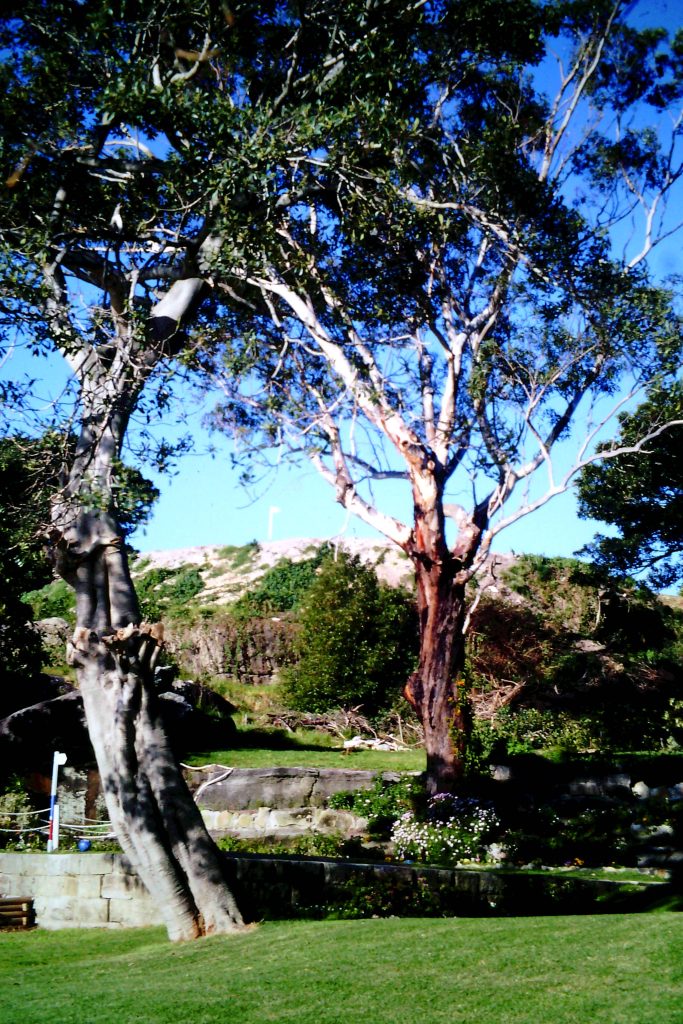
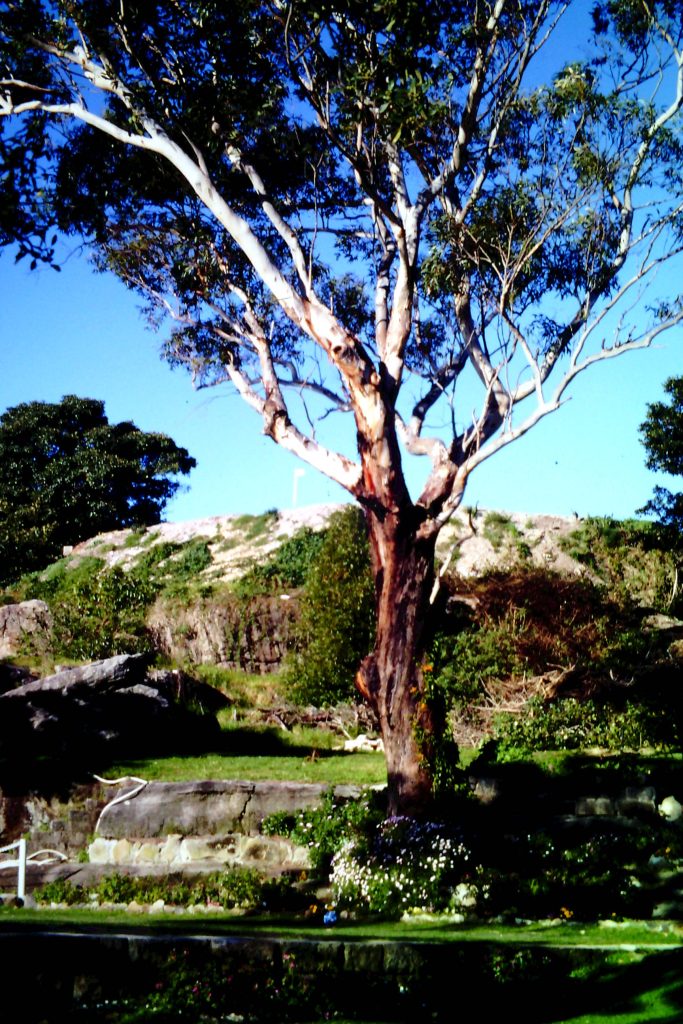
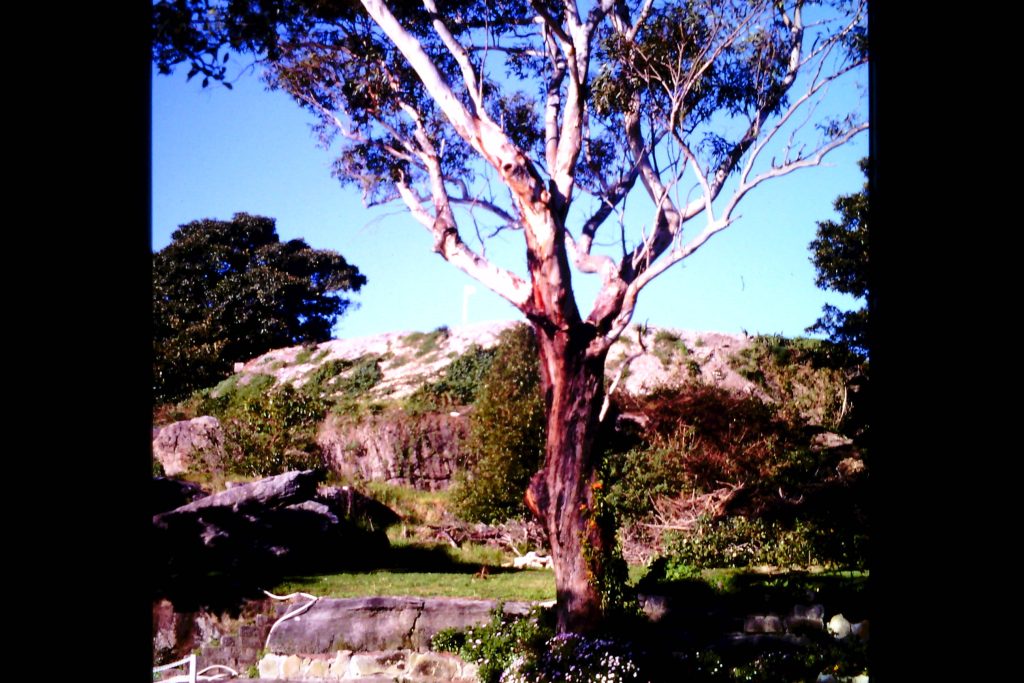
The 18th Tee bushcare site in 1943.
Some interesting before(1943) and after(2018) aerial photos of the Clubhouse and 18th Tee.
Of note is the widening of the river, emergence of mangroves, large figs and the rocky outcrops that are now partially exposed. .
